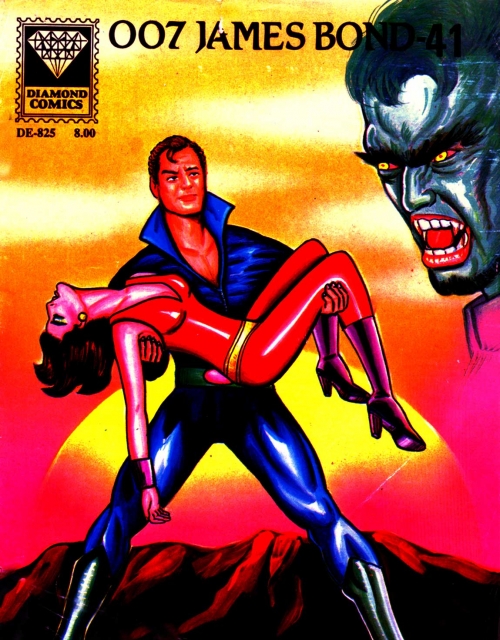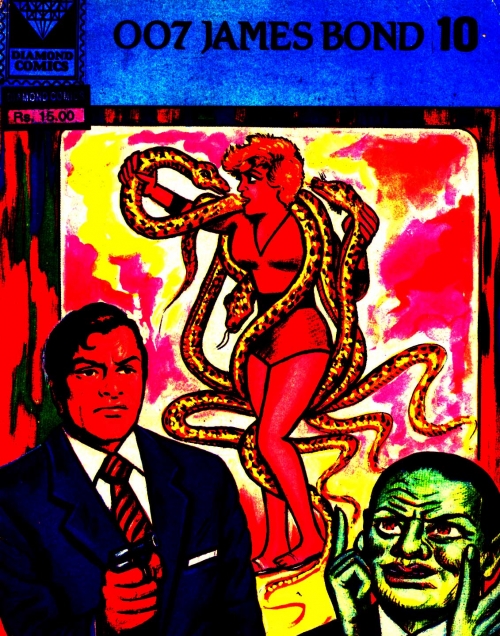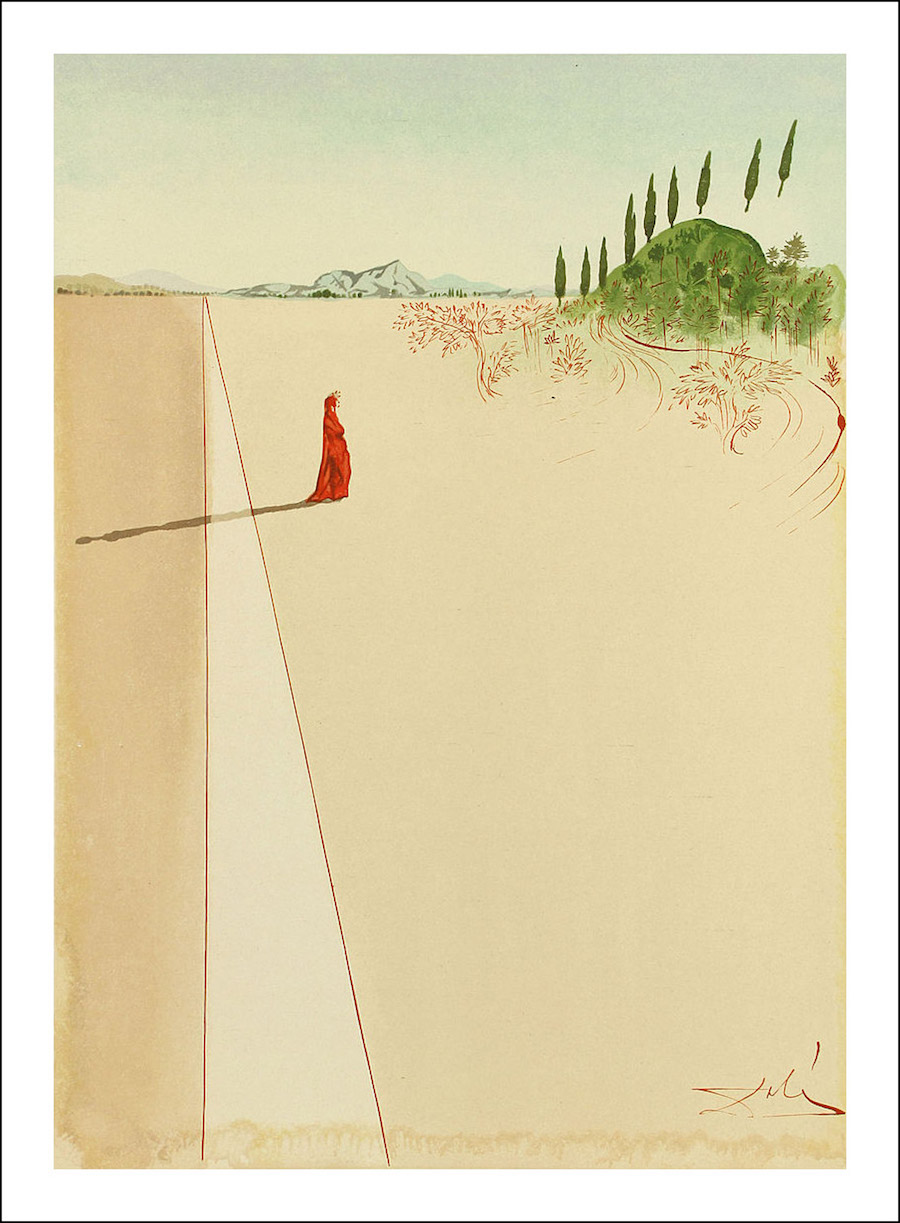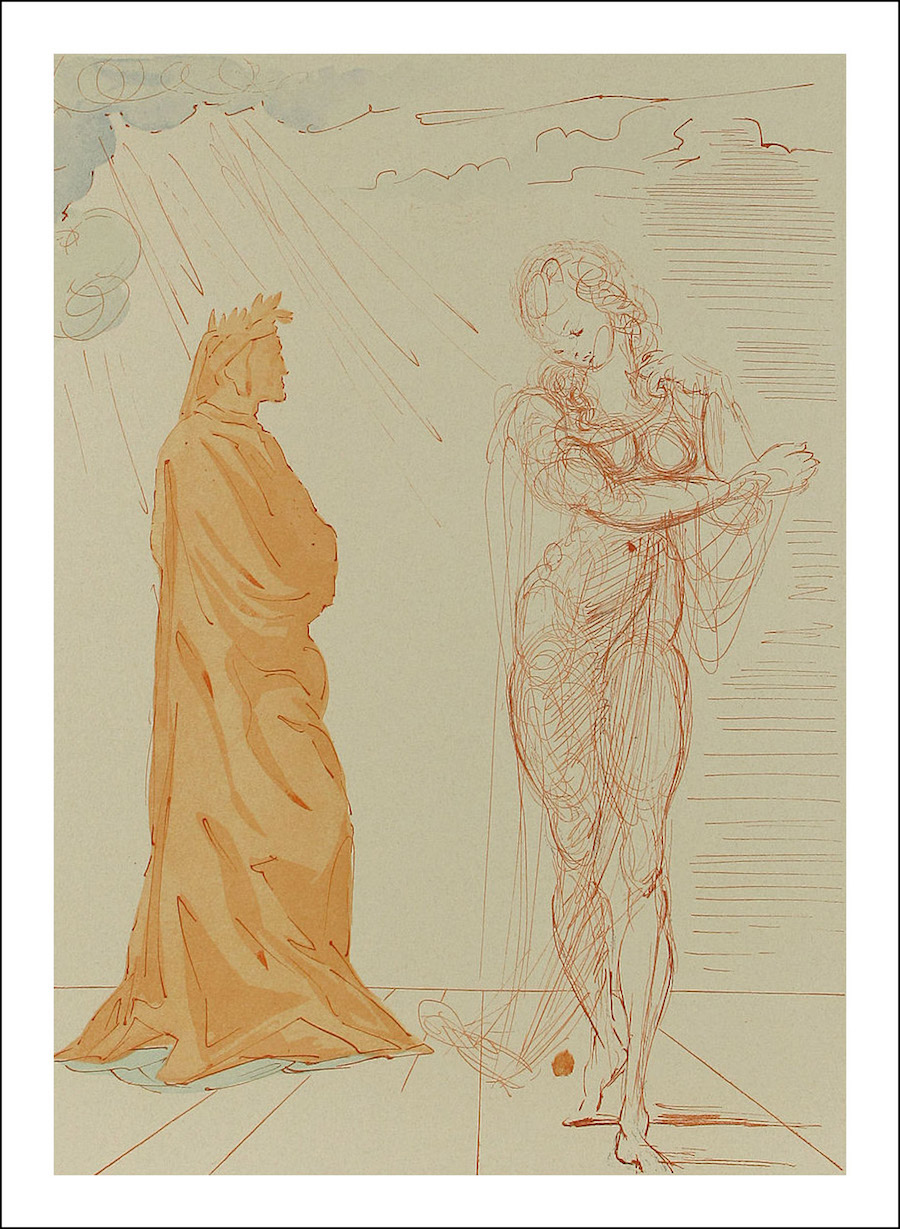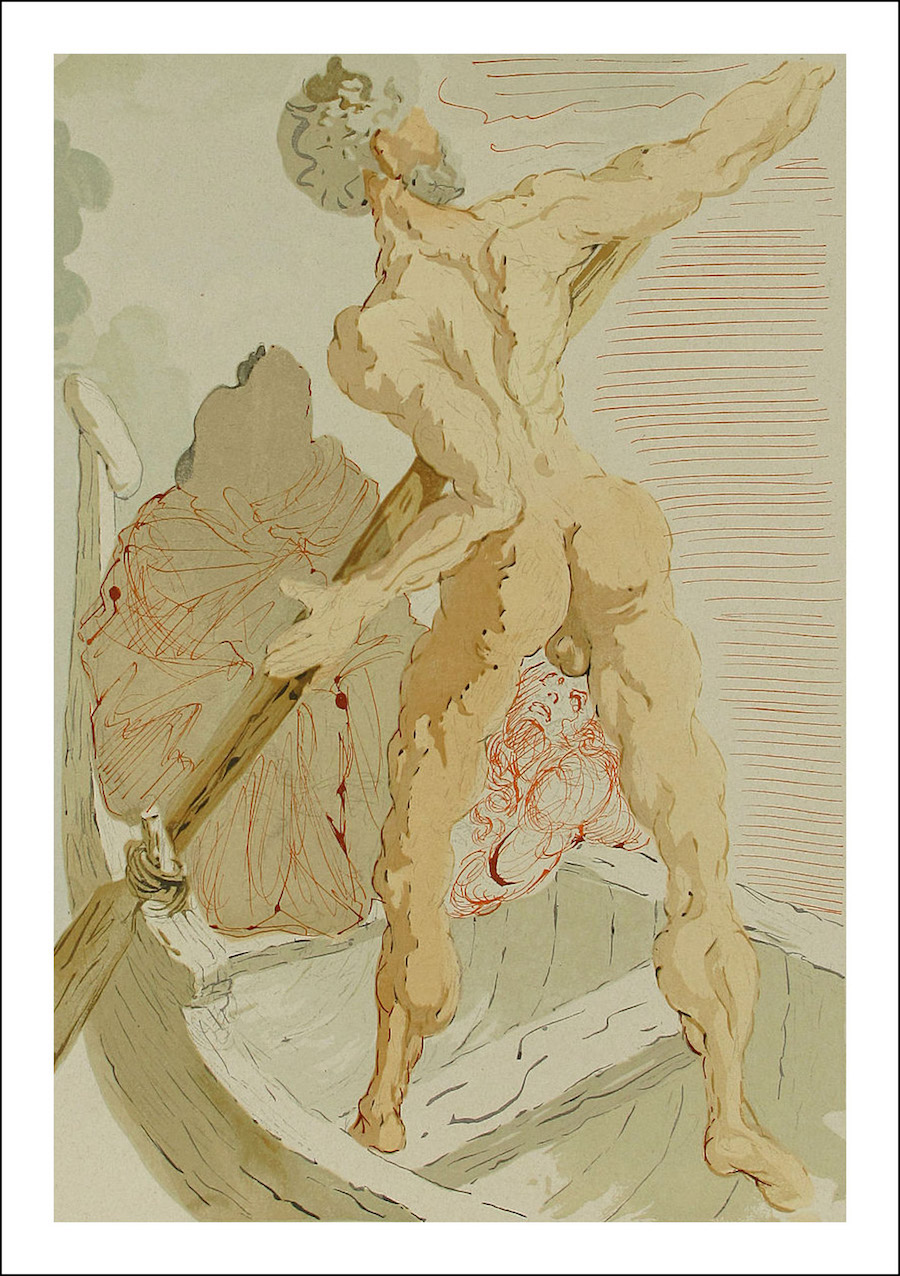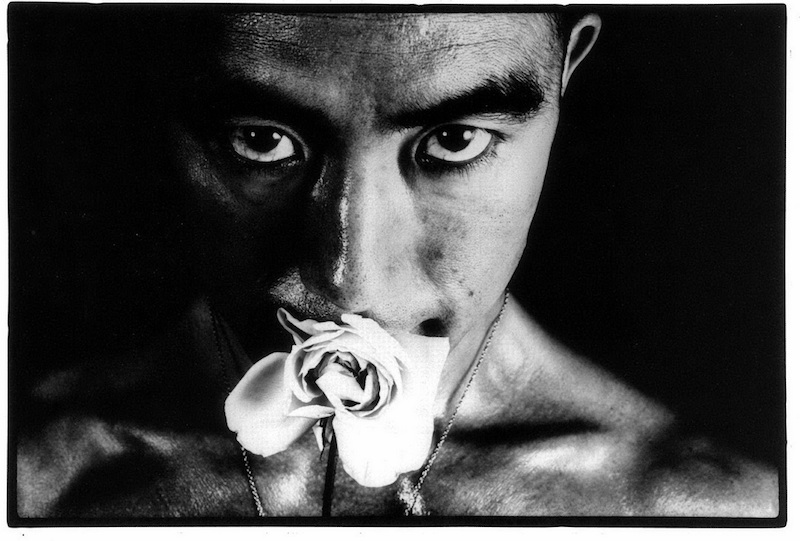
In 1961, a young photographer named Eikoh Hosoe was asked by writer Yukio Mishima to take his portrait picture. It was a humbling yet surprising commission. Mishima was then Japan’s greatest living novelist—the author tipped to one day win the Nobel Prize. Hosoe was relatively unknown. The commission made Hosoe deeply curious as to why the great Mishima had chosen him.
When they met in the small garden at Mishima’s house, the author anticipated Hosoe’s question:
“I loved your photographs of Tatsumi Hijikata. I want you to photograph me like that, so I asked my editor to call you.”
“Mr. Mishima, do you mean I can photograph you in my own way?” I asked.
“Yes, I am your subject matter. Photograph me however you please, Mr. Hosoe,” he replied.
All my questions and anxiety faded.
The photographs Mishima so greatly admired were the ones Hosoe had taken of the dancer Tatsumi Hijikata.
Hijikata was an originator of Butoh—an apocalytpic dance form developed in Japan after the Second World War in opposition to western influence. Mishima had similarly broken away from the prevailing western influence that had altered Japan after the war and during the 1950s. Mishima wanted a return of the Emperor and the ancient samurai traditions.
Mishima had been a puny kid. As he matured he changed his body through rigorous exercise and weight-lifting to become toned and highly athletic. His books often deal with the theme of the split between intellectual ambitions and the man of action.
His first novel Confessions of a Mask examined the “reluctant masquerade” between the perceived and actual life. Mishima was bisexual. He was married with two children but had an intense and active gay life. He was a sadomasochist, who believed in the living of a life through force of will. A life that he claimed adhered to the strict codes of the samurai. His books were fixed in this tradition—though his subject matter was preoccupied with sex and death. This led many critics in the west to misunderstand Mishima. One of my collegues here label him as a cross between “Proust and Jeffrey Dahmer.”
That fine day in September 1961, Hosoe quickly realized Mishima did not want a banal author portrait:
In offering himself as the “subject matter” of my photographs, I thought he might have wanted to become a dancer himself. I was still in my twenties then, so I was naïve. I did not make the distinction between an international literary figure and a dancer.
Mishima’s father happened to be watering the garden, so I grabbed his hose, and I wrapped Mishima’s entire body in the hose and kept him standing in the center of the zodiac, where he was planning to erect a statue of Apollo.
I asked him to look up and concentrate on my camera, which I was holding from a ladder above. I shouted, “Keep looking at my lens very intensely, Mr. Mishima! Okay, that’s great, keep going . . .” He never blinked while I shot two rolls of 35mm film. “I am proud of my ability to keep my eyes open for minutes,” said Mishima.
“I have never been photographed like this,” he said. “Why did you do it in this way?”
“This is the destruction of a myth,” I replied.
“You should wrap the hose around Haruo Sato,” he laughed. Haruo Sato was considered to be a literary giant at that time. But what I really meant was that I wanted to destroy the preconceived ideas about Mishima’s image in order to create a new Mishima.
After the shoot, Hosoe thought he may have gone too far. Two days later, Mishima phoned him to say he loved the photographs and wanted to collaborate with Hosoe on some more.
Over a period of six months Hosoe worked with Mishima on a series photographs which he hoped would capture the writer’s soul. These were eventually published as a book—with text by Mishima—called Ba-ra-kei or Ordeal by Roses.
In November 1970, Mishima together with four members of his secret army attempted a military coup. They broke into the eastern headquarters of Japan’s Self-Defense Forces taking the commanding officer prisoner. Mishima demanded 800 soldiers gather outside the offices to hear a speech and a list of demands he had written. Mishima hoped this speech would inspire the troops to rebel against the corruption of western influence and join his rebellion. Mishima wanted an end of democracy and a return of the Emperor. His rebellion was a literal union of the artist and man of action changing history.
The troops laughed and jeered as the author spoke. The coup failed. Mishima returned inside where he committed seppuku (self-disembowelment) before one of his soldiers attempted to decapitate him. After several blows failed to remove his head, another of his soldiers eventually managed to decapitate Mishima.
Mishima’s biographer John Nathan suggested this military coup was only a pretext for Mishima’s ritual suicide—something he had long dreamed about. In his short story “Patriotism” Mishima described an idealized seppuku where the central character pulls a blade across his abdomen cutting himself open:
The vomiting made the fierce pain fiercer still, and the stomach, which had thus far remained firm and compact, now abruptly heaved, opening wide its wound, and the entrails burst through, as if the wound too were vomiting. . . . The entrails gave an impression of robust health and almost disagreeable vitality as they slipped smoothly out and spilled over into the crotch. . . . A raw smell filled the room.
Hosoe’s photographs of Mishima taken in 1961 and 1962 capture the author’s terrible beauty, eroticism and conflicted sadomasochistic nature.
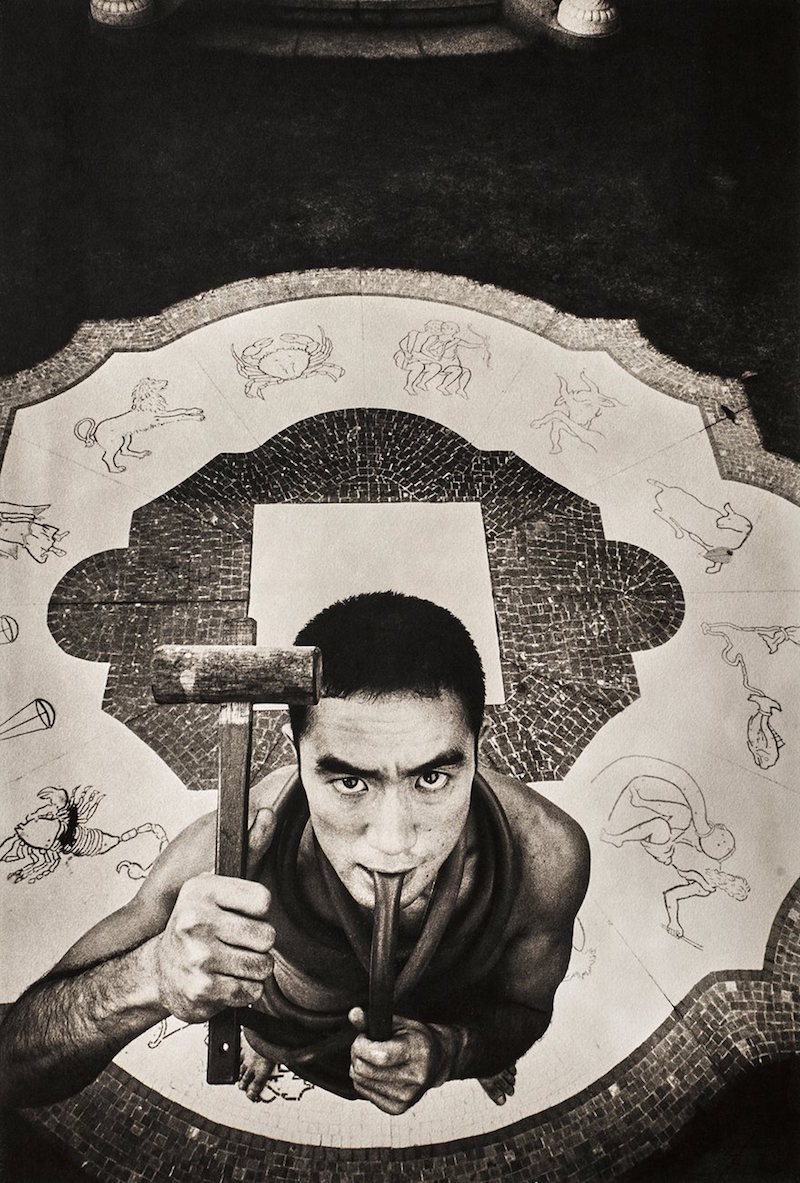
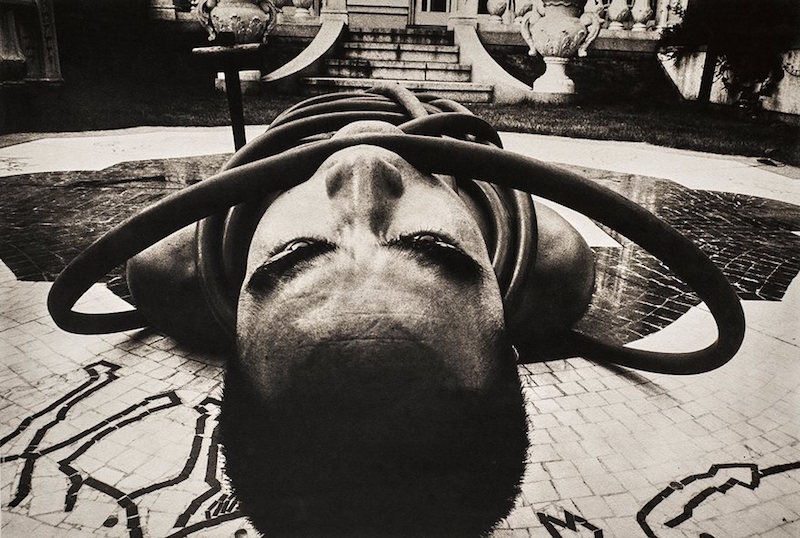
More of Hosoe’s photographs of Mishima, after the jump….









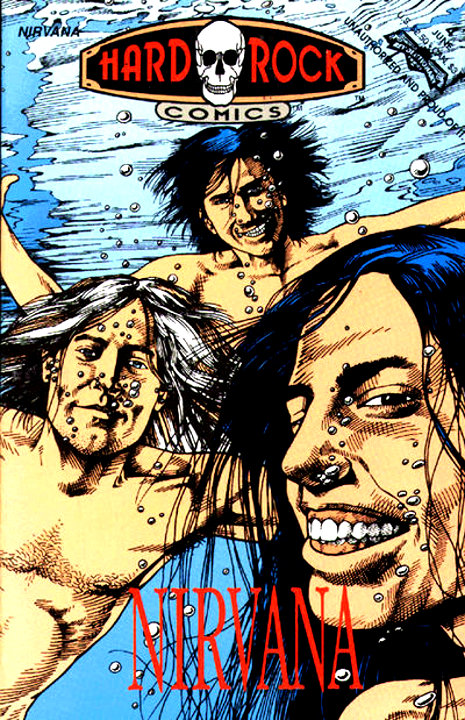


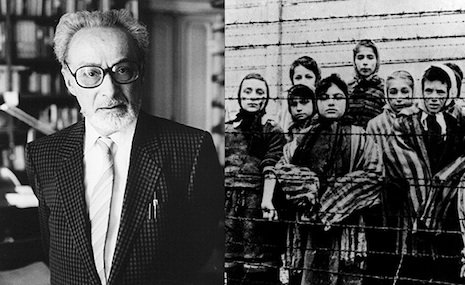



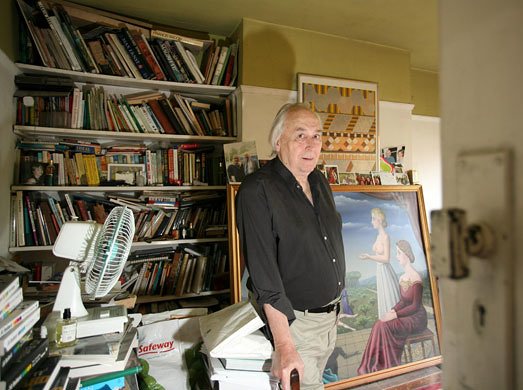
.jpg)


